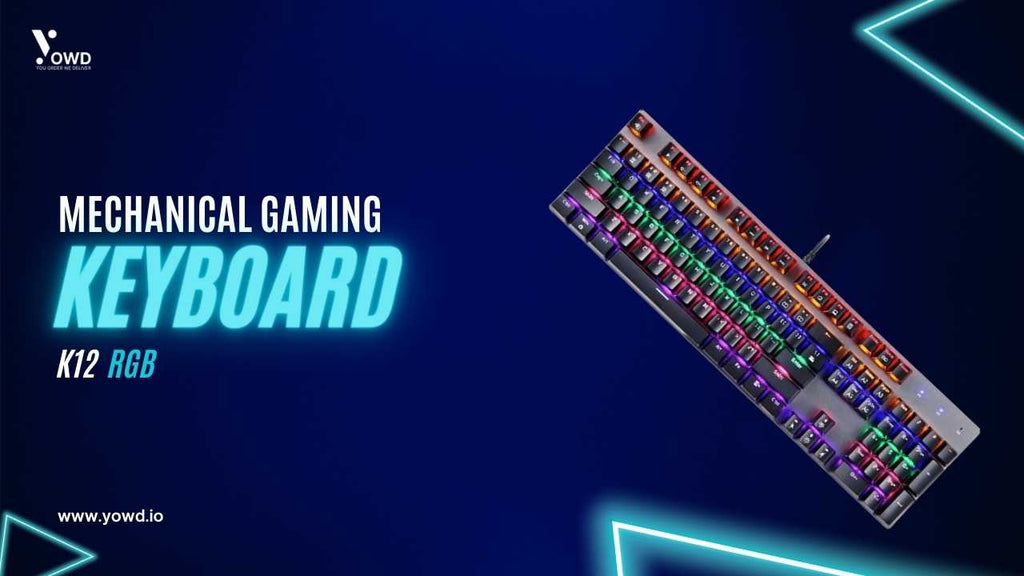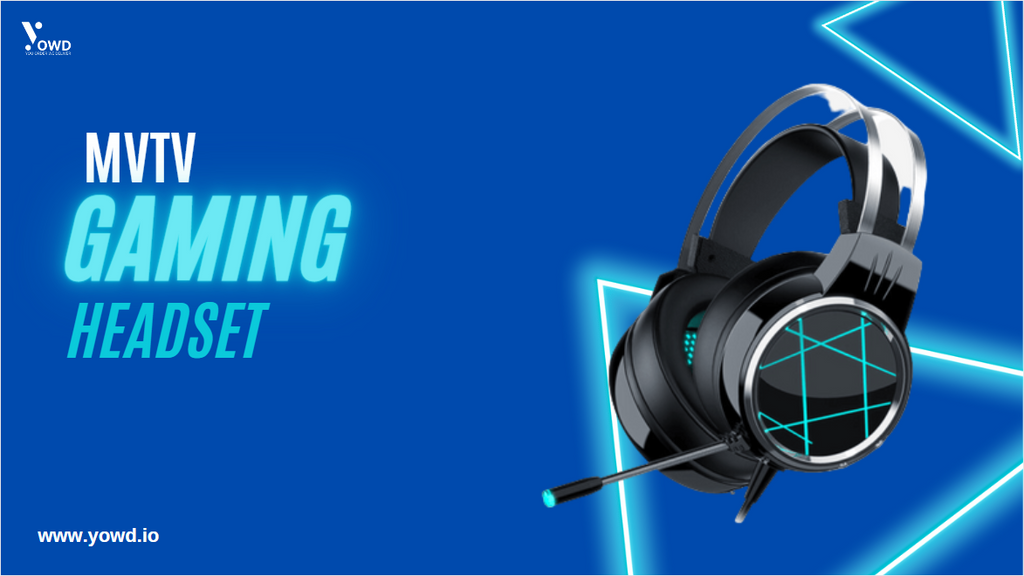
Top 3 Best Multiport Hubs of 2025

In an era when sleek laptops push ports to the brink of minimalism, multiport hubs step in as silent workhorses. They transform a single USB-C or Thunderbolt port into a versatile hub of possibilities combining HDMI for external displays, Ethernet for stable networking, multiple USB slots, SD card readers and power delivery passthrough. Whether you’re a digital nomad, a content creator, or just someone with too many peripherals, having a solid multiport hub can dramatically improve your workflow.
Here, we break down the top 3 of the best multiport hubs you can consider comparing key specs, use-cases, and trade-offs.
What Makes a Multiport Hub Great?
Before the list, here are criteria to look for:
|
Feature |
Why It Matters |
Benchmark |
|
Power Delivery (PD) passthrough |
Lets you charge your laptop through the hub while using other ports |
60 W–100 W is ideal for many ultrabooks |
|
Video output / HDMI / DisplayPort |
Allows external monitors or projectors |
4K output (30 Hz or 60 Hz) is preferred |
|
Data throughput (USB / SSD / SD card) |
Determines how fast files and peripherals communicate |
USB 3.0 / 3.1 Gen1 (5 Gbps) or better |
|
Ethernet / RJ45 |
Reliable wired internet when Wi-Fi is weak |
1 Gbps support is excellent |
|
Build & heat management |
Metal bodies help dissipate heat; design matters |
Aluminum alloy or well-vented body |
|
Port count & layout |
Enough ports to avoid conflicts; good spacing |
5–10 active ports is a sweet spot for many users |
Top 3 Best Multiport Hubs
Below are 3 standout hubs, along with their key specs and remarks.
Alloy Series 6-in-1 Multiport Hub
This is the Alloy Series 6-in-1 often marketed under “Amaze Alloy Series 6-in-1 Multiport Hub (A326)
Key Specifications
-
HDMI 4K @ 60 Hz output
-
Gigabit LAN (1000 Mbps)
-
USB-C data 5 Gbps
-
Type-C PD input / passthrough up to 100 W
-
Aluminum alloy case / body
Pros
-
Well-balanced feature set for general users
-
100 W PD means it can charge many laptops while in use
-
Metal casing helps with durability and heat dissipation
-
Some users may find HDMI 60 Hz perfect, but if you need 4K @ 120 Hz or DisplayPort features, look at higher-end docks
Baseus Metal Gleam Series 6-in-1 USB-C Hub
Another competitive 6-in-1 hub, from Baseus, offering robust features in a compact frame.
Key Specifications
-
HDMI 4K output (4K@30 Hz)
-
USB 3.0 (5 Gbps)
-
RJ45 Ethernet: supports 10/100/1000 Mbps
-
Aluminum alloy body, with sandblasting/anodizing finish
Pros
-
Excellent PD headroom for power users
-
1 Gbps Ethernet is ideal for stable wired connections
-
4K@30 Hz may feel limiting for high-refresh external displays
-
Compact and well-built, good choice if you want portability
USB-C Hub 6 in 1
There are generic models widely sold like on Amazon that bundle multiple functions, often marketed simply as 6-in-1 USB C hub
Key Specifications
-
PD charging up to ~87 W (varies by model)
-
SD / TF card reader
-
Aluminum shell in many variants
Pros
-
Very affordable and functional for general use
-
Lower PD wattage or fewer features compared to premium hubs
-
Watch out for quality as cheaper hubs may suffer from heat or signal issues
How to Choose the Right Hub?²
Here are tips to decide among them:
-
Check your laptop’s power draw
If your laptop requires ~65 W or more under heavy load, pick a hub with PD ≥ 100 W so it doesn’t drop below charging. -
Match to your display needs
If you only mirror a 1080p or 60 Hz display, 4K@30 Hz is often okay but if you need 120 Hz or dual 4K, choose something more premium. -
Wired network vs Wi-Fi
If you game or upload large files, a 1 Gbps (or more) Ethernet gives you reliability over Wi-Fi. -
Future expandability
More USB ports or card readers give you headroom as you add devices or peripherals. -
Thermal & durability
Metal bodies and open designs prevent heat buildup, which preserves performance and lifespan.
Final Thoughts
If I were to pick a single all-rounder in your list, it would be the Alloy Series 6-in-1 because it balances charging (100 W PD), full HDMI 4K@60 Hz, gigabit LAN, USB 3.0, and a quality metal casing pretty excellent for most users.
If your needs are more demanding (multiple external monitors, extra speed, creative workflows), you might explore the higher-end docking stations not detailed above.
FAQs
What is a multiport hub used for?
A multiport hub expands your laptop’s connectivity options letting you connect HDMI displays, USB drives, SD cards, Ethernet, and more through one USB-C or Thunderbolt port.
Can a multiport hub charge my laptop?
Yes! Most hubs with Power Delivery (PD) can charge your laptop while you use other ports, look for models with 60–100W PD.
Will it work with both Mac and Windows laptops?
Absolutely. Most USB-C hubs are plug-and-play compatible with macOS, Windows, ChromeOS, and even some tablets.
Can I connect multiple monitors?
Yes, but only if the hub and your laptop’s port support dual display output (DisplayPort MST or Thunderbolt 4). Basic hubs support one HDMI display.
Do these hubs overheat?
Good-quality hubs (like Alloy Series, Baseus, or Satechi) use aluminum alloy bodies that dissipate heat effectively. Avoid plastic-bodied cheap hubs.
What’s the difference between USB-C and Thunderbolt hubs?
Thunderbolt hubs offer faster speeds (up to 40 Gbps) and higher power delivery, while USB-C hubs are more affordable and still powerful enough for most users.
Which is the best all-rounder hub for 2025?
The Alloy Series 6-in-1 Multiport Hub offers the best mix of value, power delivery, 4K video output, and solid build making it perfect for students, professionals, and travelers alike.






